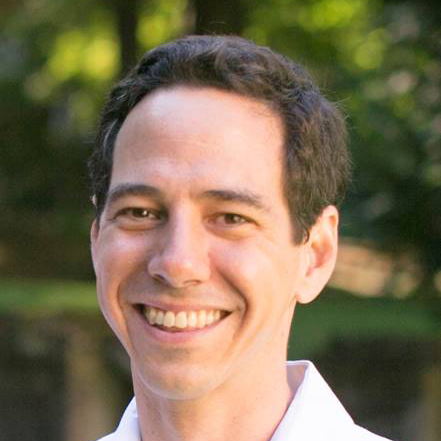Scott Bunch
 Fabrication and Characterization of Atomically Thin Nanomechanical Resonators
Fabrication and Characterization of Atomically Thin Nanomechanical Resonators
PROJECT DESCRIPTION
This project involves fabrication and characterization of mechanical resonators from atomically thin 2D materials such as MoS2 and WSe2. The mechanical resonators can be thought of as atomically thin drumheads which vibrate millions of times per second. Among their application are mass sensing, pressure sensing, or signal processing.
The goal of this project is to 1. Fabricate the material in the 2D form (i.e. having the thickness equal to a single atomic layer) and 2. Integrate them into drumhead resonators and measure their frequency of oscillation using laser interferometry. Each of two goals will be assigned to one of the program’s participant. The RET participant will focus on the former, while REU will focus on the latter. The RET participant will learn how to operate a furnace to grow MoS2 and also try to replicate the process for the new material WSe2. The REU participant will utilize a laser interferometric detection system on an optical table to investigate the properties of the mechanical resonators.
LABORATORY MENTOR
Fartash Samie Yousefi
RESEARCH GOALS
-Measure the properties of the MoS2 resonators fabricated by the graduate student.
-Compare data to and added to the compiled data of the graduate student’s project.
-Assigned to design their own set of unique experiments, and if interested, help with the data analysis.
LEARNING GOALS
-Have a grasp on the general overview of how different nanotechnology/materials science research is conducted in an academic lab environment.
-Learn more detailed scientific topics based on the tasks assigned to them.
-Will be trained on how to conduct a high frequency measurement using laser interferometry by a brief introduction to the optical setup, and will be trained to get comfortable with using RF signal measurement devices.
-Analyze and learn more about the theory of mechanical vibrations, how to interpret the mechanical behavior of the samples using the data, and how changes such geometry, material, etc. can affect the outcome.
Learn more about Professor Bunch’s project in the video above or on his faculty page.